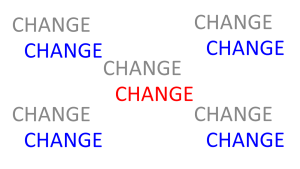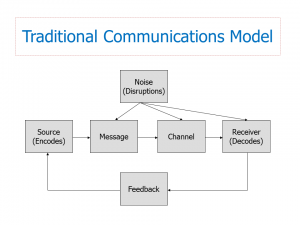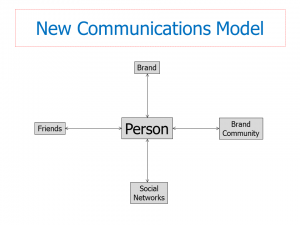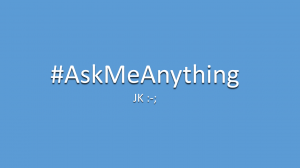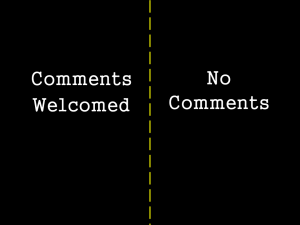United Airlines does more than break guitars (see this story from 2009 for background). They can break the spirit of passengers, too. A United passenger flying from Chicago to Louisville on Sunday was randomly selected to be asked to leave the plane. He was one of four passengers asked to leave to accommodate United employees who needed to get to Louisville. The passenger refused and eventually police dragged him from the plane. Video of the horrific incident has garnered millions of views. Public outrage against United has been overwhelming, both for the actions to remove the passenger as well as the lame responses of United CEO Oscar Munoz in the aftermath.
The last thing needed is another armchair quarterback piece about what United Airlines, the police, or the passenger did wrong or could have done differently. I am confident enough of those pieces already exist. So, what is left to talk about? How about where United Airlines goes from here. Its stock took a beating early in the week as video went viral of how United treated a passenger in response to a problem it created by overbooking the flight. United Airlines’ market value dropped by $800 million due to negative publicity from the incident. That number is not insignificant, but it may be the least of United’s worries.
What a Brand Really Is
Marketers become enamored with the identity aspects of branding—name, logo, color scheme—and lose sight that customers are not interested in any of that. My friend Colby Jubenville likes to say that “brands are promises delivered in experiences.” I love that definition of a brand. The meaning (promises) and value (experiences) are what matter to buyers. Brands waste a lot of effort and audience’s time talking about themselves. You’re great, we get it. Now, tell us what is in it for us to do business with you.
The promises and experience the flying public takes away from the passenger being dragged from the plane will not sell many seats… at least not on United flights. I am sure United Airlines has thousands of committed, professional employees. Unfortunately, their work is now tarnished by colossal missteps in handling the situation as it unfolded and spinning it after the fact. United must engage in some soul-searching and articulate exactly what its promises are to customers.
It Comes Down to Trust
Expensive branding and marketing campaigns can be stripped down to an essential question: Do customers trust us? We are funny creatures in that we prefer to do business with companies that we like and trust. In a personal relationship, inability to trust another person is grounds for ending the relationship. We approach business relationships no differently. Choice exists for many products and services we buy. We do not have to put up with shoddy service or inferior product quality. Ironically, airlines might be one industry that is an exception. Consolidation has reduced competition and customer choice. Thus, you might be forced to fly United even if in principle you would rather not do business with the company.
As I see it, United Airlines has a major trust problem it must address. There is no reason to doubt United can execute on promises related to safely transporting passengers. However, seeds of doubt have been planted as to whether United can do the right thing when it comes to taking care of customers. United can be the safest air carrier in the world, but if customers do not have confidence that the company will do the right things it will not matter. Any corrective action taken by United Airlines must have restoring trust in the brand at the forefront.





